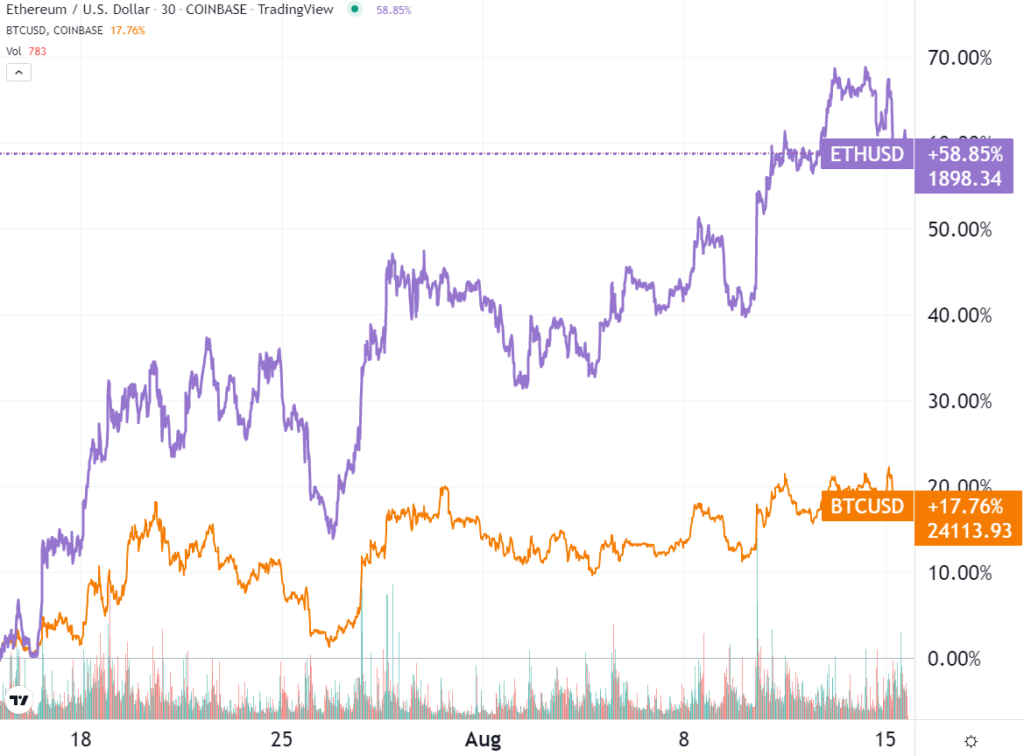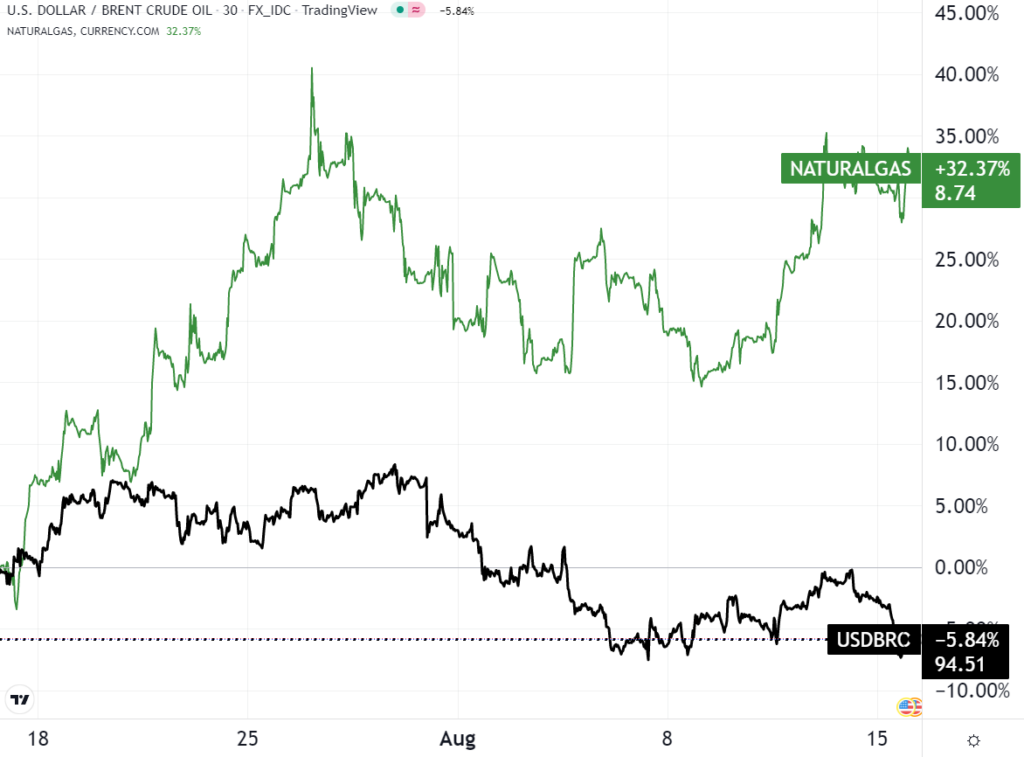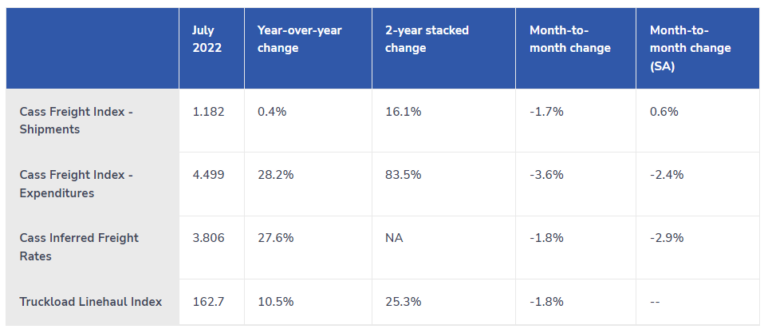With one of its the most important updates nearing completion on Ethereum, the smart contract platform seems to have finally decoupled from Bitcoin.
Over the last month, Ethereum has outperformed Bitcoin by +41%. Zooming out to a historic trendline, although Ethereum is the largest altcoin by market cap, it has always followed Bitcoin’s shadow.
Given the fact that Ethereum’s network traffic hasn’t significantly increased since this year’s peak on July 26, it is safe to say that Ethereum’s rally is anomalous, entirely driven by the upcoming Merge narrative.

Ethereum Hype Examined
Both on Google Trends and across social media, interests for “Ethereum” and “ETH Merge” have skyrocketed. Following the announcement that Ethereum will become proof-of-stake between September 15 and 16, four days sooner than expected, the hype only increased.
Traders have been preparing for this milestone throughout July. There has been a record ETH outflow from exchanges, not seen since January 2021. Over 600,000 ETH were taken off cryptocurrency exchanges, which corresponds with the previous bull cycle.

Likewise, the open interest of Ethereum futures on Binance, the world’s largest exchange, reached an 8-month high of $3.1 billion. Across all derivative markets, Ethereum options rose to $6.6 billion. This is another anomaly as it is the first time Ethereum’s open interest is greater than Bitcoin’s, which was at $4.8 billion as of August 8th.
Open interest, as the total number of futures contracts, is an important indicator for both stocks and cryptocurrencies because it indicates market sentiment, i.e., bullish or bearish market activity. Given that Ethereum futures’ open interest is rising alongside its price, it means that more buyers are entering the market, further erecting a higher buy wall.
This is apparent from a much higher buy order volume on the market depth chart across all major exchanges.
What do Investors Expect From the Merge?
Although there most investors think that the Merge just entails lower ETH gas fees and faster transaction speed, there are plenty of key improvements on the bullish table:
- By shifting from miners (proof-of-work) to validators (proof-of-stake), Ethereum should reduce its energy expenditure by ~99.95%, similar to competing PoS networks like Solana or Avalanche.
- Going green alone makes ETH more attractive for ESG-focused investors and funds.
- Ethereum’s ETH issuance will decrease from present +4.3% to about +0.4% because validators will need fewer ETH rewards to validate transactions. Combined with the base fee burning mechanism delivered by the EIP-1559 upgrade, this means that Ethereum’s inflation rate is effectively neutralized.
Considering that Ethereum is also the largest dApp host with the most reliable Web3 community, ETH utility is headed to further increase demand over supply. In turn, sustained buy pressure increases the ETH price.
What About Inflation?
The Federal Reserve is still the ultimate market arbiter. Since the central bank started aggressively raising interest rates in April, the total crypto market cap lost -46% of its value, dropping from $2.14 trillion to $1.15 trillion. July’s CPI report of lower than expected inflation at 8.5% suggested that we have reached an inflation peak.
In turn, investors interpreted this as a sign that the Fed will no longer ramp up interest rates, but keep them neutral. However, the self-inflicted European energy crisis should also be taken into account. As the demand for natural gas ramped up, its price increased while crude oil prices went down.

As the Biden administration noted in July, energy costs make up half of commodity-driven inflation. If it happens that the next month’s inflation is reported above 8.5%, we are likely to see a repeat of market selloffs and higher interest rate hikes. Fortunately, it seems that transportation costs are also going down.
The Cass Freight Index for July shows both decreases in expenditures and freight rates, at -3.6% and -1.8% respectively.

Source: Cass Transportation Index Report for July 2022.
In the meantime, oil prices are expected to further drop as China’s economy slows down, demonstrated by its decline in home sales (-28.6%), property investment (-12.3%), crude steel output (-6.4%), and lower than expected industrial output at +3.8% vs. the estimated +4.3%. Because of this, China’s PBoC even resorted to cutting interest rates from 2.85% to 2.75%.
Overall, after the novelty of Ethereum’s Merge-driven rally fizzles out, we are likely to see it absorbed into the macroeconomic landscape, sharing the fate with the rest of the crypto market once again.
